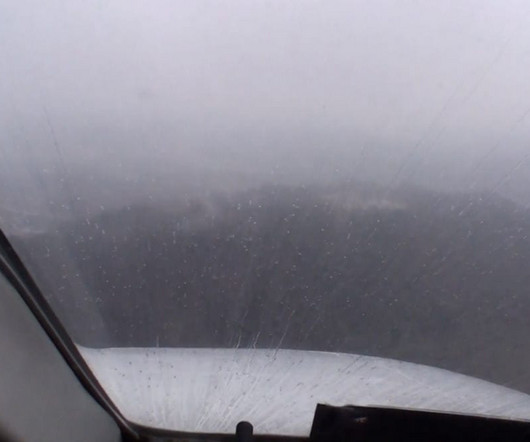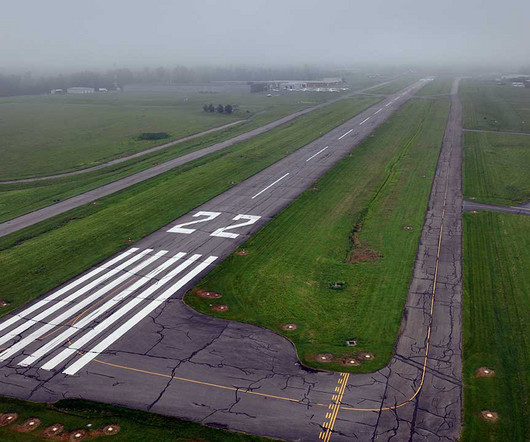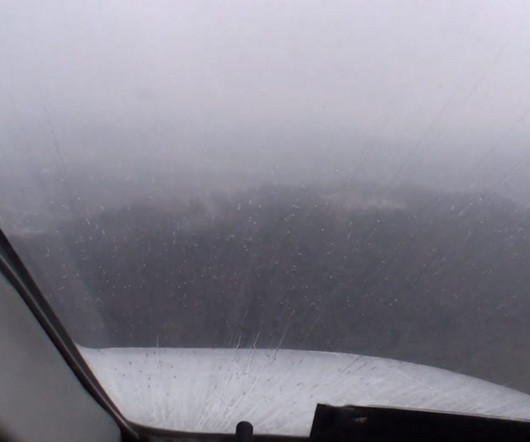Heads-up, hands-free: How to use iPad audio alerts for safer flights
iPad Pilot News
MARCH 11, 2025
IN-FLIGHT ALERTS 500 AGL Alerts – Alerts when descending through 500 ft. AGL after having been above 1,000 ft. AGL (or when AGL is unknown), the descent rate exceeds 4,000 ft. AGL and the descent rate exceeds 3,000 ft. AGL, the descent rate is between 3000 ft. per minute AGL.


















Let's personalize your content